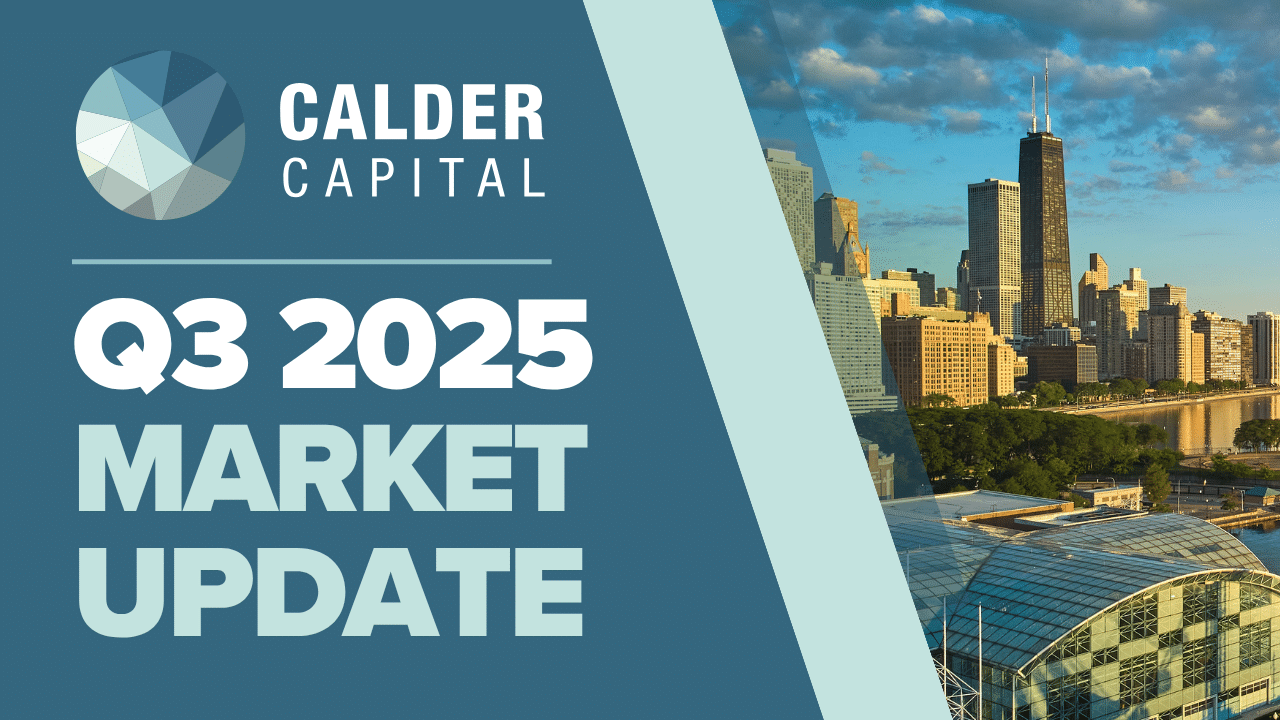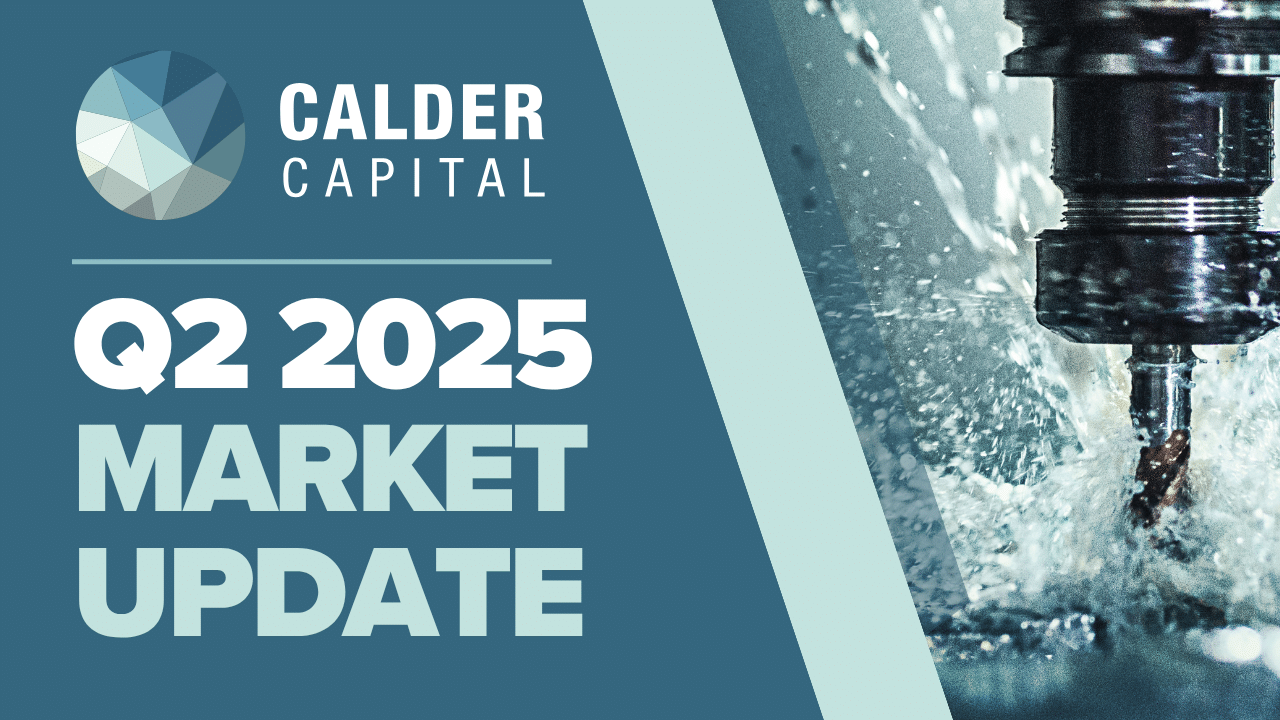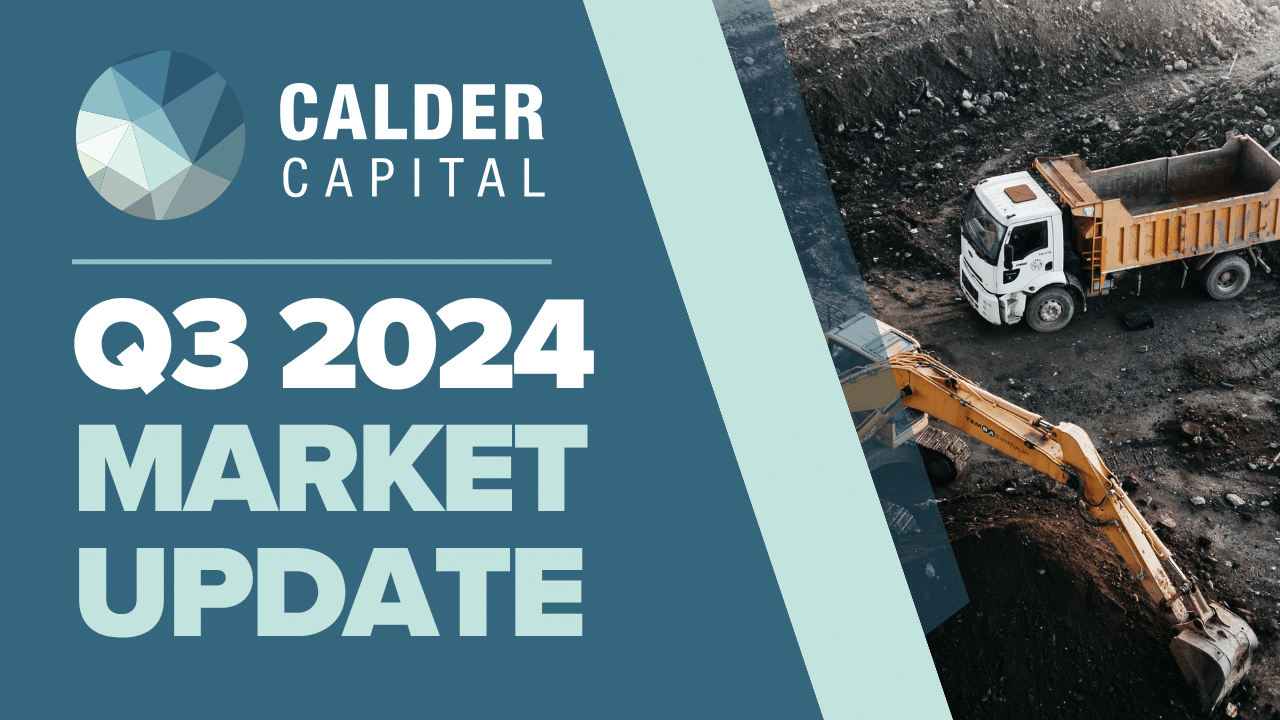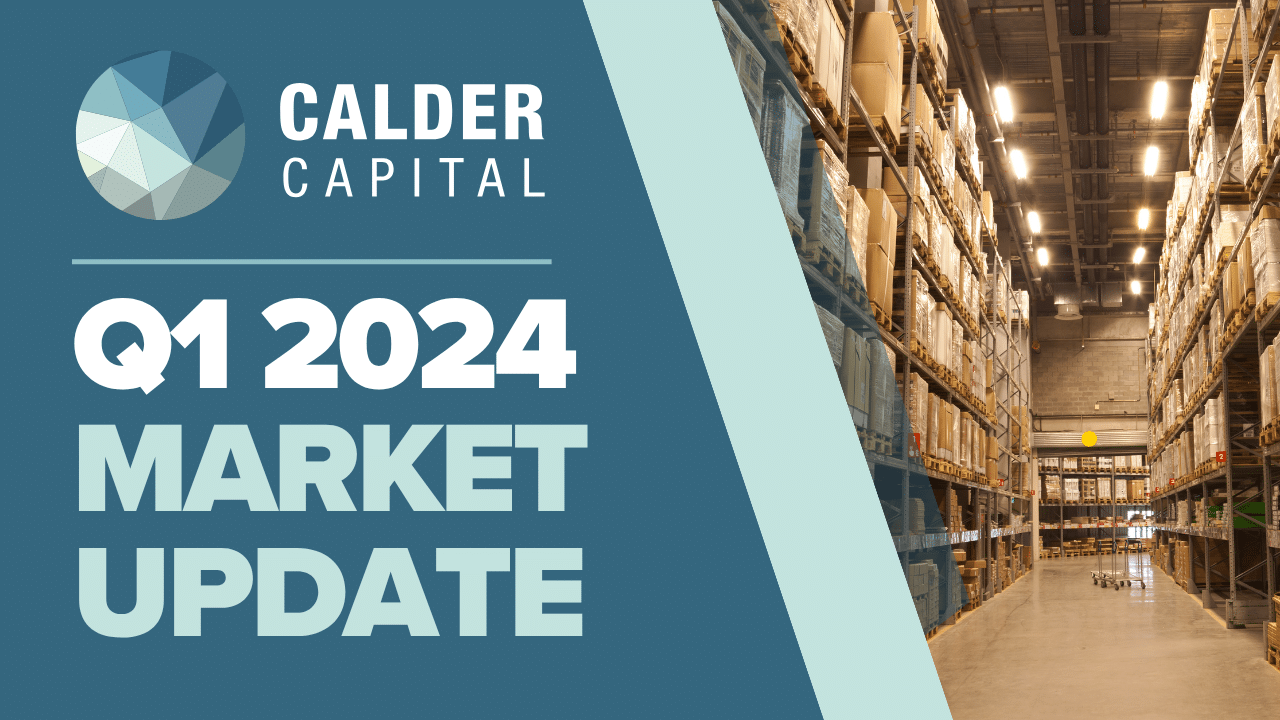Market Update
Buy-Side, Market Update, News, Sell-Side
As of October 31, 2025, Calder Capital generated $15.4M in revenue, a 15% increase over the same period in 2024. This leap is supported by 45 closed deals, up from 39 in 2024, reinforcing Calder’s upward trajectory in a volatile lower middle market.
Buy-Side, Market Update, News, Sell-Side
Through May 2025, Calder Capital generated $8.09M in revenue, a 68.9% increase over the $4.79M earned in the same period of 2024. This growth has been off the back of 28 closed deals vs 16 during the same period in 2024. This substantial year-over-year growth…
Buy-Side, Market Update, News, Sell-Side
The primary barriers to closing deals in 2024 were valuation mismatches, unexpected business performance declines during due diligence, and sellers withdrawing late in the process. Competitive bidding remains strong, though buyers are wary of overpaying, parti…
Buy-Side, Market Update, News, Sell-Side
Calder’s 200,000+ buyer database ensures sellers are exposed to highly qualified buyers, including niche family offices, private equity firms, and strategic acquirers. Calder’s marketing strategy emphasizes precision targeting, ensuring optimal buyer-seller ma…
Buy-Side, Market Update, News, Sell-Side
“Despite the headlines of ‘doom and gloom’, we are seeing businesses that have maintained or improved performance through recent years achieving higher than typical levels of interest and selling for healthy multiples. The market remains strong for resilient b…
Buy-Side, Market Update, News, Sell-Side
While larger Middle Market deal activity slowed, small and medium businesses continued to sell on-pace throughout the three quarters of 2023. In addition to the marketplace date, the Calder/SBDA team closed 35 transactions by Q3 2023 and closed out on a record…
Buy-Side, Market Update, News, Sell-Side
“I have been in small M&A for 18 years,” noted Calder Managing Partner, Max Friar, “Never before have I seen such competition for quality sellers. Most sell-side clients with $1M+ in EBITDA are receiving 10-15 offers, many of those strong offers. 2023 has tran…
Buy-Side, Market Update, News, Sell-Side
Calder Capital and Small Business Deal Advisors report robust buyer interest in the market. As of March 31, 2023, 13 transactions have already closed, and the team has 27 deals under Letter of Intent (LOI). Sellers who are considering selling their businesses…








